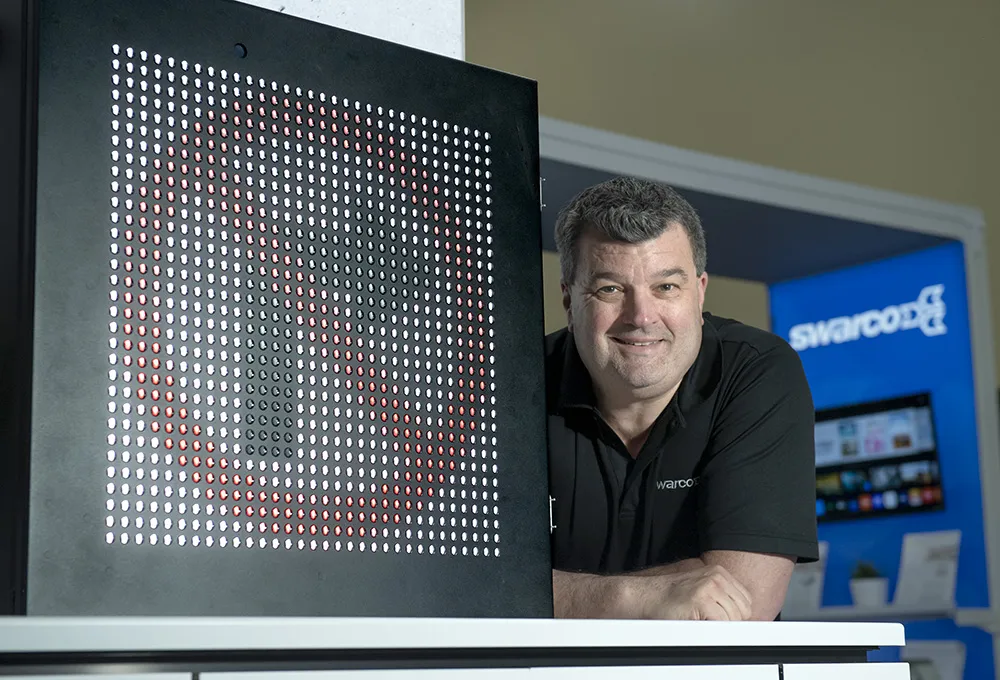Allied Vision Technologies’ new SWIR (Short-Wave Infrared) camera, Goldeye, is a compact infrared camera that combines ease of implementation with a comprehensive set of features to answer the most demanding infrared imaging requirements. The camera features flexible lens-mount solutions for a wider choice of optics, with simplified filter assembly, industrial connectors with locking functionality and multiple camera mounting options ensure easy integration into an imaging system.
The camera’s many featur
June 9, 2014
Read time: 2 mins
The camera features flexible lens-mount solutions for a wider choice of optics, with simplified filter assembly, industrial connectors with locking functionality and multiple camera mounting options ensure easy integration into an imaging system.
The camera’s many features ensure high quality, low-noise images in a wide range of infrared applications from semiconductor inspection to photovoltaics, hyperspectral imaging, and more. Features include automated 14-bit on-board image preprocessing, flexible frame rate control, auto-gain and auto-exposure, active sensor temperature control, and extended operating temperature range from -20°C to 50°C.
The new Goldeye comes with a GigE Vision interface for simple system integration, and Power over Ethernet (PoE) to reduce cabling efforts. The camera is GenICam compliant, which makes it compatible with industrial image processing software, or users can choose to use Allied Vision Technologies’ free VIMBA software development kit.









